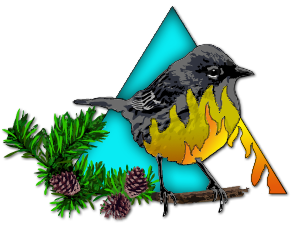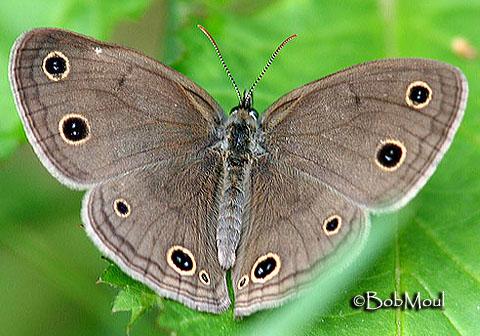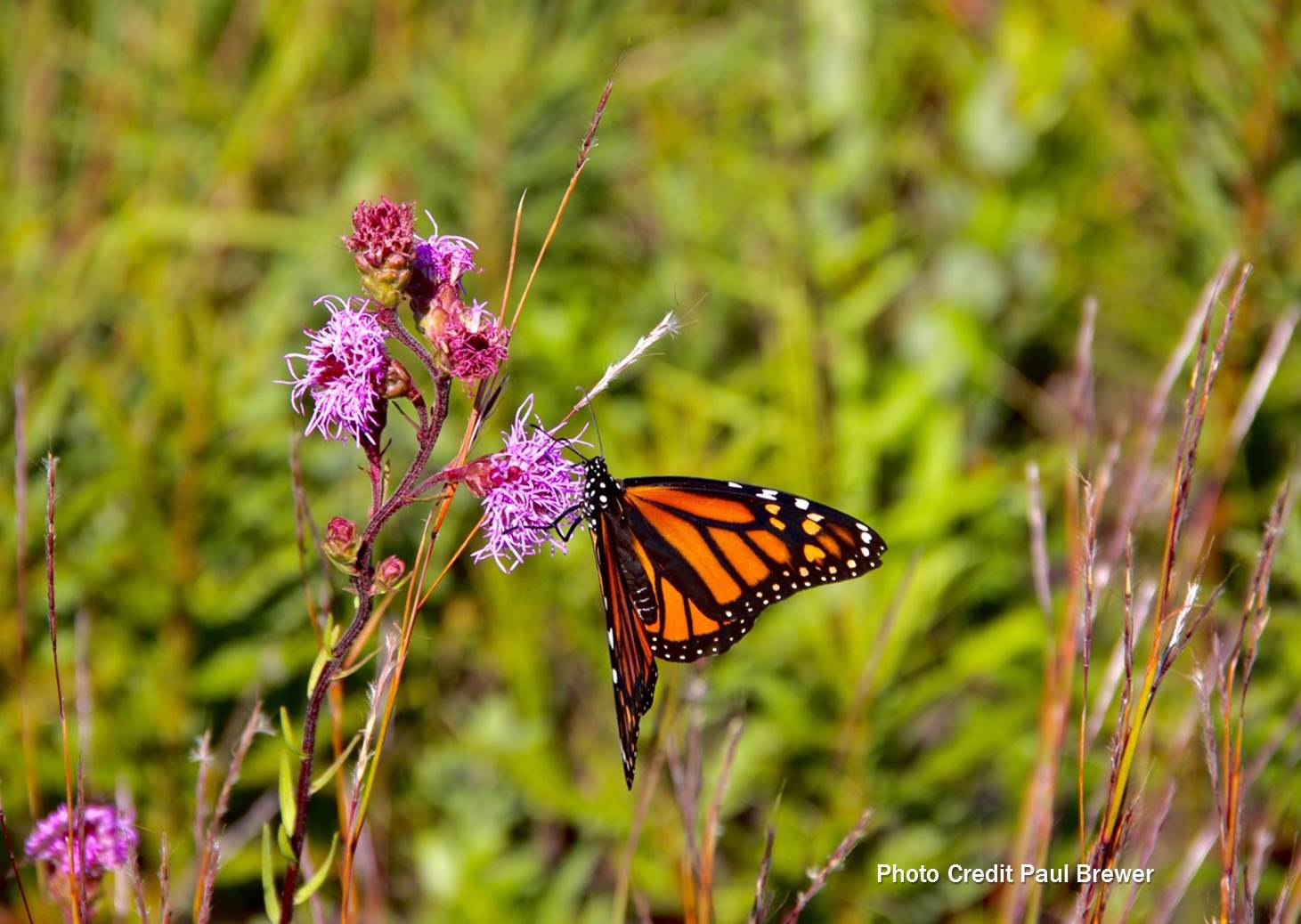Navigation

Upcoming Events
There are no events planned.
2015-2016 Webinar Series

LSFSC INTERN PROJECTS
Thursday, November 19, 2015 at 2 PM EST (1 PM CST)
Response of insectivore pollinators, plant diversity, and fuel loads to a large-scale barren and northern dry forest restoration project in northeastern Wisconsin.
Principal Investigators: Deahn Donner*, Brian Sturtevant, Christel Kern (USDA Forest Service Northern Research Station)
Collaborators: John Lampeurer, Scott Anderson, Jay Saunders, Scott Linn, Tym Sauter, Mark Gilley (USDA Forest Service Chequamegon-Nicolet National Forest), Heather Jensen (USDA Forest Service Northern Research Station)
Student Interns: Kaitlin Lacek (Drake University) and Vincent Schmitz (University of Wisconsin-Madison). *Institute for Applied Ecosystem Studies, USFS Northern Research Station, 5985 Highway K, Rhinelander, WI; ddonnerwright@fs.fed.us; 715-362-1146
Fire suppression combined with succession has drastically reduced open barren and savannah systems in northern Wisconsin. These fire-prone systems are now rare and exist primarily as remnant patches. In 2014, the Chequamegon-Nicolet National Forest (CNNF) began a landscape-scale effort to restore Pine Barrens and Northern Dry Forest ecosystem attributes and reduce the risk of catastrophic wildfire within the Northeast Sands Ecological Landscape. USDA Forest Service Northern Research Station scientists partnered with the CNNF to investigate the process of restoration as it affects vegetation, pollinators, fuels, and fire risk within fire-dependent ecosystems. The student interns were part of a larger team of technicians that finalized pre-treatment sampling. The interns focused on pollinator and plant diversity aspects of the project as well as fuel load levels. Specifically, what is the relative influence of vegetation composition versus distance to reference barrens on the rate of butterfly species recolonization, and how does canopy openness and vegetation composition affect fuel loading that determines fire risk (e.g., spread rate, flame height, intensity)? Student interns gained experience in fire science, forest management, research process, invertebrate pollinator trapping techniques, plant identification, and the standard FIREMON sampling protocol, which is used widely by US Forest Service managers. In addition, interns gained exposure to the important functions and strengths of a science-management collaborative that is behind a large-scale applied research project.
and
An historical lens to investigate changes in the forest structure and fire adaptation of the Great Lakes National Parks.
Alison Paulson(1), Suzanne Sanders (2), Jessica Kirschbaum (2), Donald Waller (1)
(1) Botany Department, University of Wisconsin-Madison, Madison, WI 53706, Email: akpaulson@wisc.edu
(2) National Park Service Great Lakes Inventory and Monitoring Network, Ashland, WI 54806
Abstract:
In the Great Lakes region, fire and windfall once played important roles as disturbance agents that drove ecosystem dynamics in prairies, savannas, and in many forested ecosystems. Fire suppression over the last century lengthened fire return intervals by orders of magnitude relative to those before European settlement. Coupled with this fire suppression, widespread logging and land use changes have led to significant shifts in the forests of the Great Lakes region. Between 2008 and 2014, the National Park Service Great Lakes Inventory and Monitoring program assessed vegetation across 353 plots at eight National Park units in the Great Lakes region. Here, we combined this rich data set with data from the mid-1800’s Public Land Survey to assess shifts in forest structure, species composition, and pyrophilic percentage, an index of fire-adaptation. We found that species composition changed dramatically in the National Parks since the mid-19th century, though the changes are not uniform across all parks. In general, we saw declines in white pine (Pinus strobus), hemlock (Tsuga canadensis), and oak (Quercus spp.) at many parks, along with increases in aspen (Populus spp.) and maple (Acer spp.). Across all parks, the pyrophilic percentage increased at 34% of plots and decreased at 29% plots between the two time periods. Individual parks differed greatly in these changes with declines in fire-adapted species at Mississippi National River and Recreation Area, Saint Croix National Scenic Riverway, and Apostle Islands National Lakeshore, and increases at Isle Royale National Park, Pictured Rocks National Lakeshore, and Sleeping Bear Dunes National Lakeshore. Unique combinations of factors have driven vegetation change within each national park. This historical analysis provides a context for understanding how changing disturbance regimes and land use patterns have driven past changes in the vegetation of the Great Lakes National Parks.
MP4 Video
PDF of the presentation

.png)
